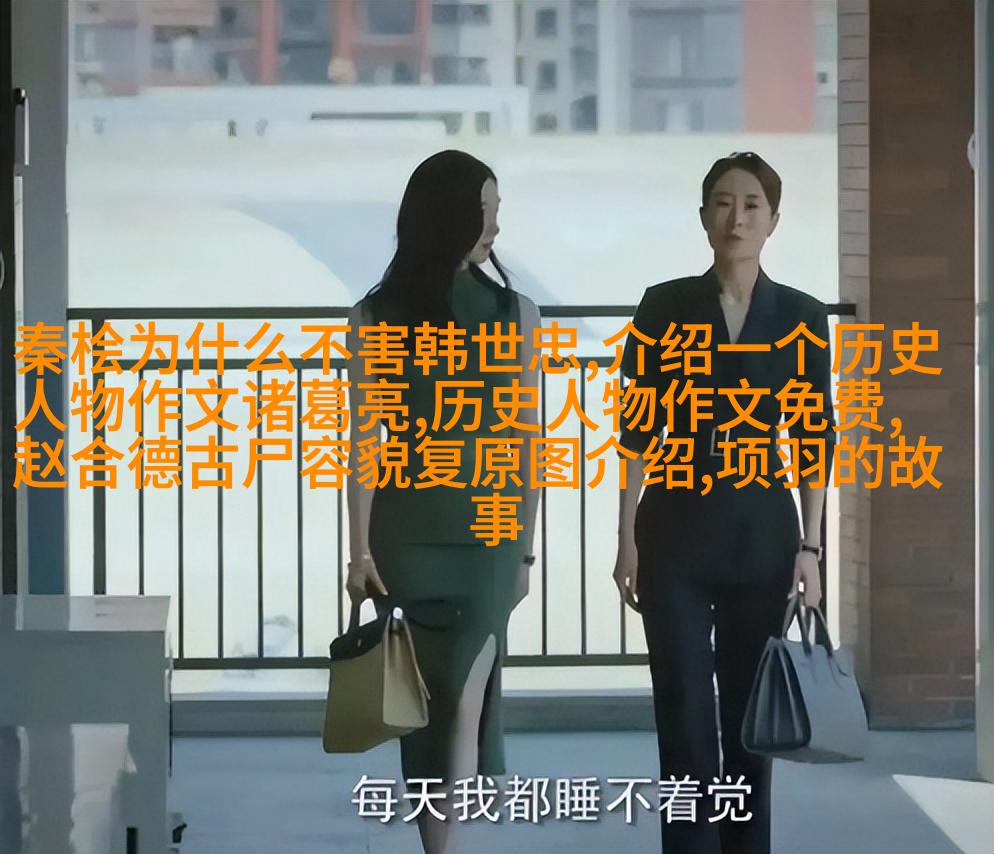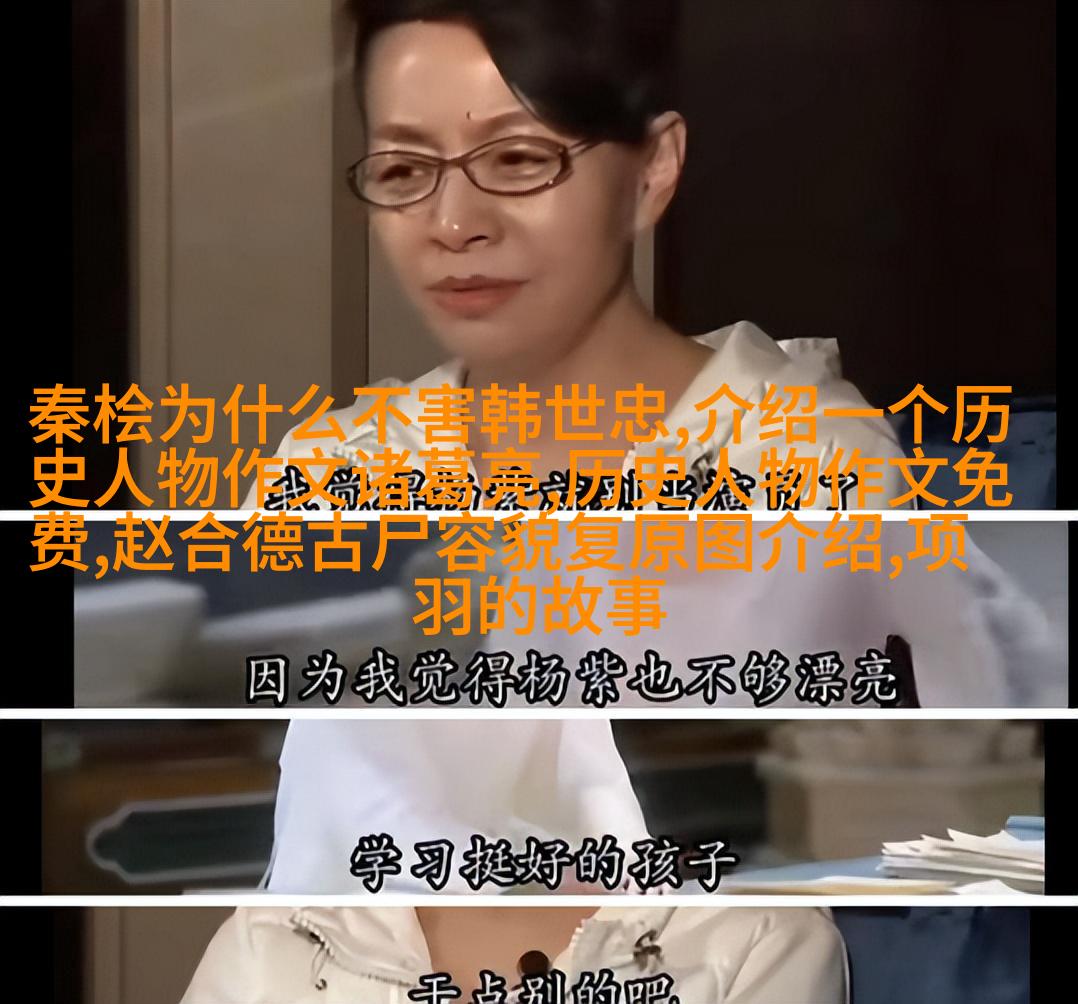一、龙袍之谜

武则天登基成为中国历史上唯一的女皇, hers reign was marked by her shrewd political maneuvering and her ability to consolidate power. She ruled with an iron fist, but also showed a keen sense of diplomacy and strategy. One of the most enduring images of her reign is the dragon robe, a symbol of imperial authority that she wore on official occasions.
The dragon robe was not just any ordinary garment. It was made from the finest silk, embroidered with intricate patterns that represented good luck and prosperity. The robe itself was said to have been designed by some of the best craftsmen in China, who worked tirelessly to create a masterpiece that would reflect the emperor's power and wisdom.

But there is more to this story than meets the eye. According to legend, every time Wu Zetian wore this robe, she would feel an incredible surge of energy coursing through her body. This energy was said to be so powerful that it could move mountains and shake oceans.
This raises an interesting question: what exactly did Wu Zetian do with such immense power? Was she using it for good or evil? Or perhaps there is another explanation altogether?

Two、女帝的智慧
One thing we know for certain about Wu Zetian is that she was incredibly intelligent and resourceful. She rose from humble beginnings as a concubine in Emperor Taizong's harem to become one of his closest advisors before eventually taking over as emperor herself.

Her intelligence extended beyond politics too - according to legend, Wu Zetian had a deep understanding of literature and poetry. In fact, she even wrote some poems under pseudonyms during her lifetime!
Wu Zetian's love for learning did not stop at literature either - she encouraged scholars throughout China to study Confucius' teachings extensively in order improve social morality within society.

Three、权力的游戏
However beneath all these accolades lay hidden agendas & schemes . After consolidating power , Wu Zetian faced challenges from various factions vying for control . Her solution? To appoint trusted officials into key positions across different regions .
While this strategy kept potential threats at bay , it also allowed her greater oversight & control over how things were run . This approach proved effective but also alienated many people who felt they were being manipulated .
Four、文化与艺术的繁荣
Despite facing numerous internal conflicts & external threats , Wu Zetians rule saw unprecedented cultural flourishing during which artistry reached new heights . Underneath fierce rule emerged magnificent architectural projects like Xuanzang Monastery ( Great Buddha Temple ) & White Horse Temple — important religious centers where Buddhism flourished further solidifying its influence on Chinese culture
Moreover music theater dance painting calligraphy etc experienced golden ages as well with notable artists rising up their unique styles shaping future generations artistic expressions
Five、后记:女性在历史中的角色探索
In conclusion while exploring life stories around female figures can offer valuable insights into historical context; however when examining historical events solely through women’s perspectives risks oversimplification—each character holds multifaceted traits making them integral parts within larger contexts Their actions shape societies’ trajectories yet equally are shaped by societal norms expectations influences etc Henceforth our analysis should consider multiple perspectives intertwined intricately weaving together histories past present future
